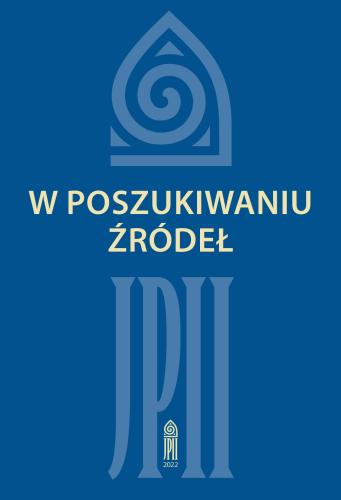Tryptyk rzymski. Medytacje. O poszukiwaniu źródła życia i twórczości oraz początku Przymierza z Tym, „który mówił tak do Abrama | jak mówi Człowiek do człowieka”
Streszczenie
This article presents an interpretation of John Paul II’s Roman Triptych, which comprises three meditations written by him in Rome in the year 2002. At first sight, this work would seem to be a longer religious poem that has its roots in the author’s biography as well as in European art and philosophy — not unlike T. S. Eliot’s Four Quartets. Here, however, the main point of reference turns out to be the Bible. John Paul II’s Roman Triptych is essentially a biblical poem for our times. The poet’s musings have been written down in free verse, reflecting the rhythmic flow of normal speech and the babble of a mountain stream, which — in the first meditation — is his constant companion as he wanders in search of the source of life and creation, this being God — the Primordial Word. In the second meditation, the poet enters the Sistine Chapel and admires Michelangelo’s frescos, which illustrate the beginning and the end of “all that is seen”, in accordance with what is written in the Bible. It was in the presence of these very frescos that the author of the poem had been elected as the latest successor of St. Peter. In the third and last meditation, the poet ponders on the beginning of the Covenant and the meaning of the heroic ordeal undergone by Abraham — the father of our faith — as he makes his way to the top of the mysterious hill In the land of Moriah in order to sacrifice his son. From a semantic point of view, the poem has been written on several levels. The various meditations are woven around the inspired words of the Book of Genesis, the Gospel, the Acts of the Apostles and the Apostolic Letters, which together form a network of interconnections between the Old Testament and the New Testament. The poet’s reflections on what he sees are accompanied by dramatic tension, as at times his narrator’s monologue becomes either a dialogue or is interspersed with the utterances of others.



